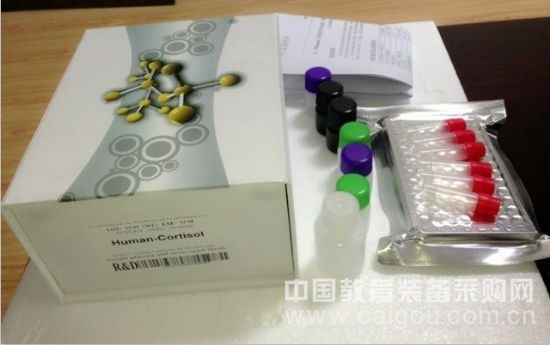Procedure for collecting complement factor specimens
Before the start of the experiment, each reagent should be equilibrated to room temperature (the reagent can not be dissolved directly at 37 ° C); when the reagent or sample is diluted, it should be mixed. Avoid mixing when mixing. Try to predict the sample content, such as sample concentration before the experiment. When it is too high, the sample should be diluted so that the diluted sample meets the detection range of the kit, and then multiplied by the corresponding dilution factor.
1. Adding sample: set blank hole, standard hole, sample hole to be tested. Add blank sample solution 100μl to the blank hole, add 100μl of standard or test sample to the remaining hole, be careful not to have air bubbles, add sample to enzyme At the bottom of the target hole, try not to touch the wall of the hole. Gently shake and mix. The enzyme plate is covered or covered with a membrane and reacted at 37 °C for 120 minutes. To ensure the validity of the test results, use a new standard solution for each experiment. .
2. Discard the liquid, dry it, and do not wash it. Add 100 μl of test solution A per well (prepared within one hour before use), add the membrane to the plate, and react at 37 ° C for 60 minutes.
3. After 60 minutes of incubation, discard the liquid in the well, dry it, wash the plate 3 times, soak for 1-2 minutes each time, about 400 μl/well, dry (can also pat the liquid in the well) .
4. Add 100 μl of test solution B working solution (with the same test A working solution) to each well, and add the membrane to the plate at 37 ° C for 60 minutes.
5. After 60 minutes of incubation, discard the liquid in the well, dry it, wash the plate 5 times, soak for 1-2 minutes each time, 350 μl/well, and dry (can also pat the liquid in the well).
6. Add 90μl of substrate solution to each well in sequence, and add the membrane to the plate at 37°C to avoid light. (In 30 minutes, the first 3-4 holes of the standard visible to the naked eye have obvious gradient blue. 3-4 hole gradient is not obvious, it can be terminated).
7. Add 50μl of stop solution to each well in sequence, and terminate the reaction. At this time, the blue color turns yellow. The order of addition of the stop solution should be the same as the order of addition of the substrate solution. In order to ensure the accuracy of the experimental results, the substrate reaction time Stop solution should be added as soon as possible
8. The optical density (OD value) of each well was measured sequentially at 450 nm using an enzyme-linked instrument. The detection was performed immediately after the addition of the stop solution.

Tunnel Bolt,Frog Rail Bolts,Railway Material Joint Bolts,High Tensile Joint Bolts
Anyang Railway Equipment CO.,Ltd , https://www.ayrailway-at.com